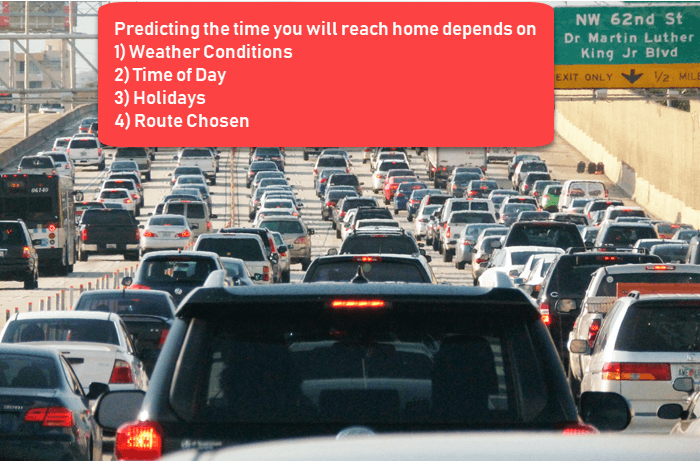What is Supervised Machine Learning?
In Supervised learning, you train the machine using data that is well "labeled." It means some data is already tagged with the correct answer. It can be compared to learning which takes place in the presence of a supervisor or a teacher.
A supervised learning algorithm learns from labeled training data, helps you to predict outcomes for unforeseen data. Successfully building, scaling, and deploying accurate supervised machine learning Data science model takes time and technical expertise from a team of highly skilled data scientists. Moreover, Data scientist must rebuild models to make sure the insights given remains true until its data changes.
In this tutorial, you will learn
- What is Supervised Machine Learning?
- What is Unsupervised Learning?
- Why Supervised Learning?
- Why Unsupervised Learning?
- How Supervised Learning works?
- How Unsupervised Learning works?
- Types of Supervised Machine Learning Techniques
- Types of Unsupervised Machine Learning Techniques
- Supervised vs. Unsupervised Learning
What is Unsupervised Learning?
Unsupervised learning is a machine learning technique, where you do not need to supervise the model. Instead, you need to allow the model to work on its own to discover information. It mainly deals with the unlabelled data.
Unsupervised learning algorithms allow you to perform more complex processing tasks compared to supervised learning. Although, unsupervised learning can be more unpredictable compared with other natural learning deep learning and reinforcement learning methods.
Why Supervised Learning?
- Supervised learning allows you to collect data or produce a data output from the previous experience.
- Helps you to optimize performance criteria using experience
- Supervised machine learning helps you to solve various types of real-world computation problems.
Why Unsupervised Learning?
Here, are prime reasons for using Unsupervised Learning:
- Unsupervised machine learning finds all kinds of unknown patterns in data.
- Unsupervised methods help you to find features that can be useful for categorization.
- It is taken place in real-time, so all the input data to be analyzed and labeled in the presence of learners.
- It is easier to get unlabeled data from a computer than labeled data, which needs manual intervention.
How Supervised Learning works?
For example, you want to train a machine to help you predict how long it will take you to drive home from your workplace. Here, you start by creating a set of labeled data. This data includes
- Weather conditions
- Time of the day
- Holidays
All these details are your inputs. The output is the amount of time it took to drive back home on that specific day.
You instinctively know that if it's raining outside, then it will take you longer to drive home. But the machine needs data and statistics.
Let's see now how you can develop a supervised learning model of this example which help the user to determine the commute time. The first thing you requires to create is a training data set. This training set will contain the total commute time and corresponding factors like weather, time, etc. Based on this training set, your machine might see there's a direct relationship between the amount of rain and time you will take to get home.
So, it ascertains that the more it rains, the longer you will be driving to get back to your home. It might also see the connection between the time you leave work and the time you'll be on the road.
The closer you're to 6 p.m. the longer time it takes for you to get home. Your machine may find some of the relationships with your labeled data.
This is the start of your Data Model. It begins to impact how rain impacts the way people drive. It also starts to see that more people travel during a particular time of day.

